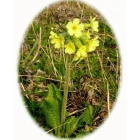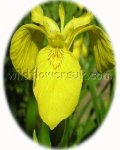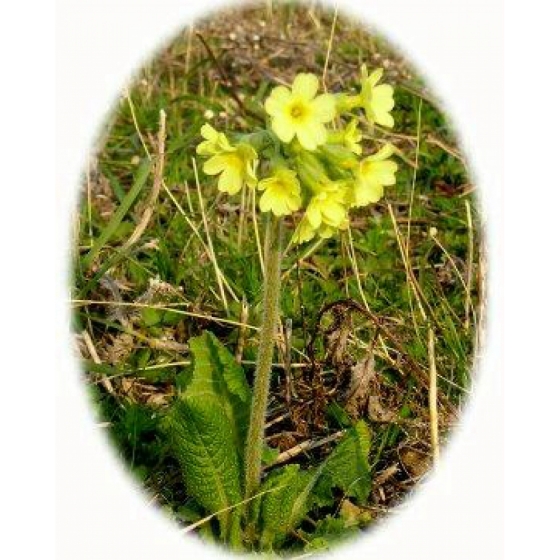 | ||
Oxlip -primula elatior – is a rare plant restricted to a few sites in South East England where it grows on damp soils in ancient woodland. Oxlips are low growing plants with yellow flowers that hang to one side of the plants stem. These appear in April and May. In gardens, oxlips can be grown in woodland settings, such as under small trees, or introduced into a damp meadow. Oxlips look nice growing on their own or with other spring flowering wildflowers such as Red Campion, Columbine, Greater Stitchwort and Bluebells How to grow Oxlip Seeds Sow Oxlip seeds outside in the autumn, and in seed trays. Cover seeds lightly with compost. The seed will require a period of cold weather before germinating. Sometimes this is referred to as stratification or vernalisation and for this reason it is essential that the Oxlip seeds be left outside over winter to expose them to the cold. Germination should occur the following spring. Seedlings can be pricked out and grown on, for planting out later in the year. To buy Oxlip seeds To purchase Oxlip seeds, please select a quantity above and click add to cart. To ensure the best chance of success, we sell all of our wildflower seeds by weight, which ensures each wildflower seed packet contains a good quantity of seeds. The recommended sowing rate is 1 gram per square metre, and the number of Oxlip seeds per gram is approx. 1100. All of our Wildflower seed packets contain seeds of Native British provenance. Summary type - perennial, colour - Yellow, height - 0 to 25cms, flowering months - April, May, habitat - Deep Shade (Dense Woodland), Semi-Shade (Orchards, Hedgerow, Banks, Open Woodland), Moist Grassland (Clay, Loams), Attracts Butterflies | ||
Printed 23/05/2025 07:10:54
st76_1 type perennial colour yellow height 0 to 25cms flowers april may habitat deep shade dense woodland semi shade orchards hedgerow banks open woodland moist grassland clay loams attracts butterflies


